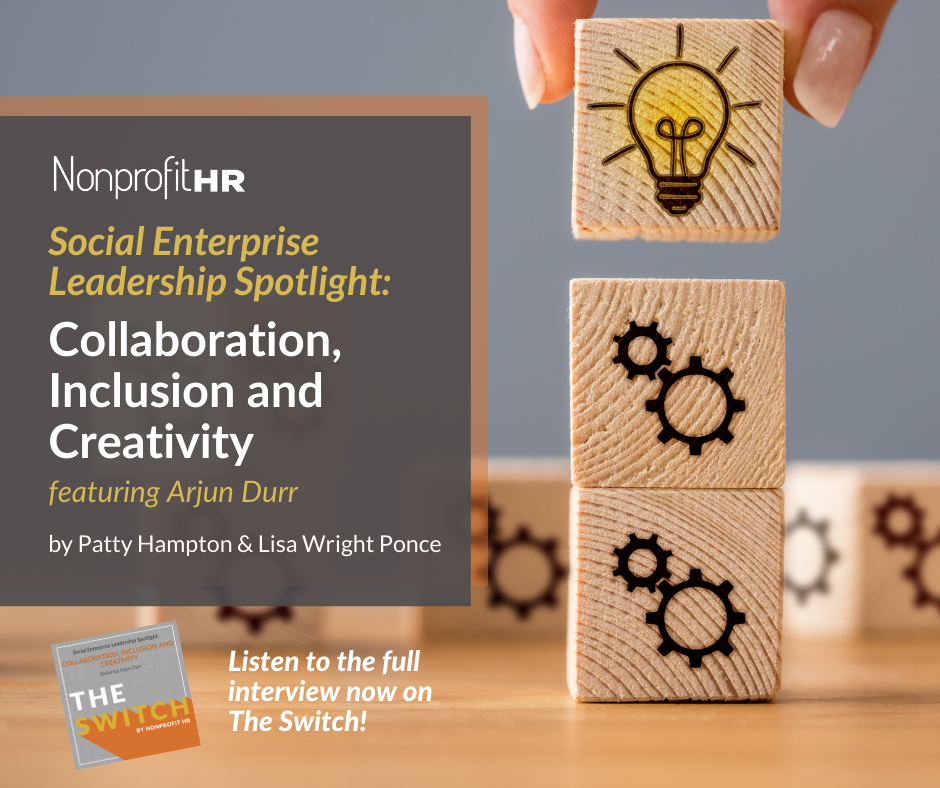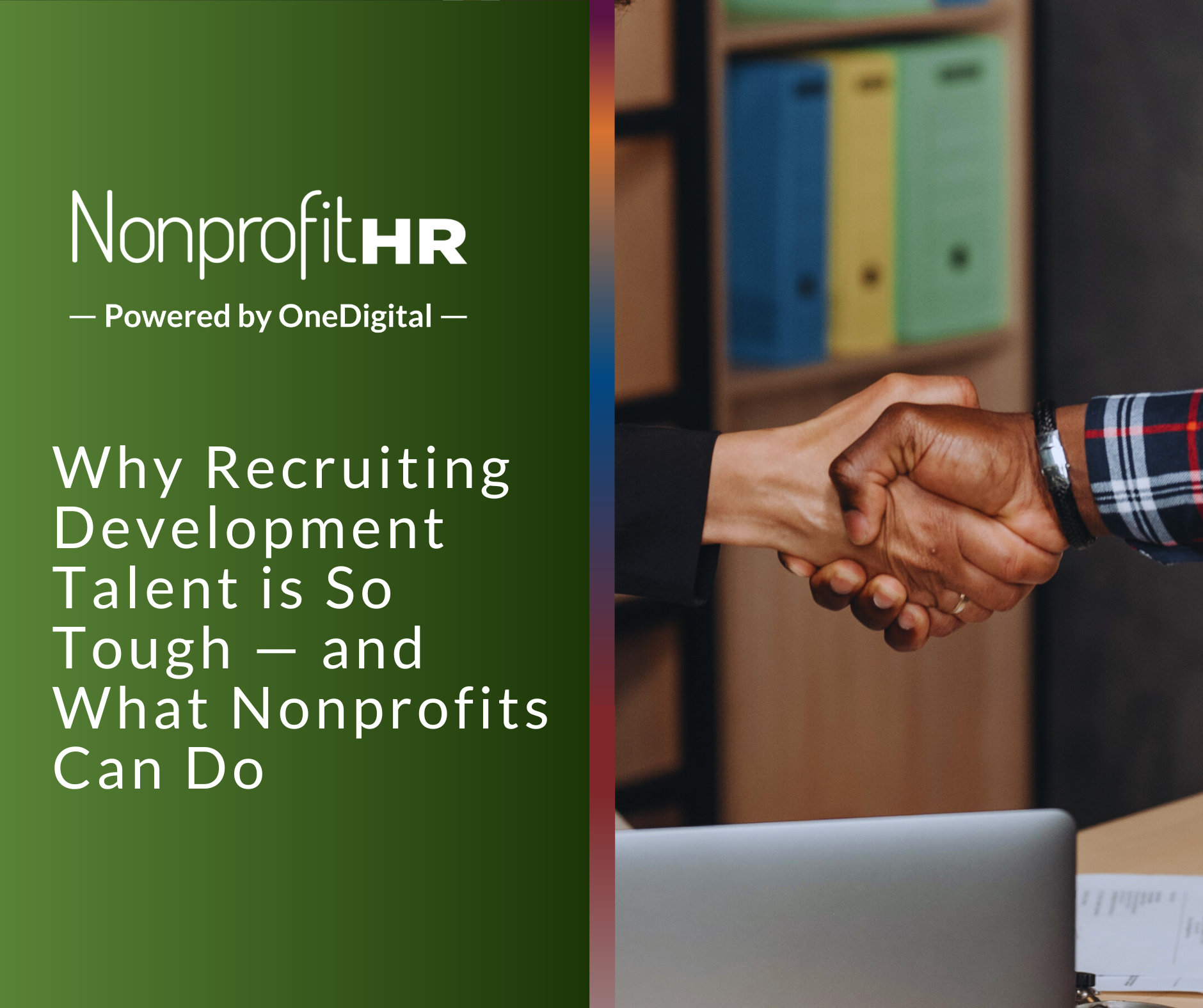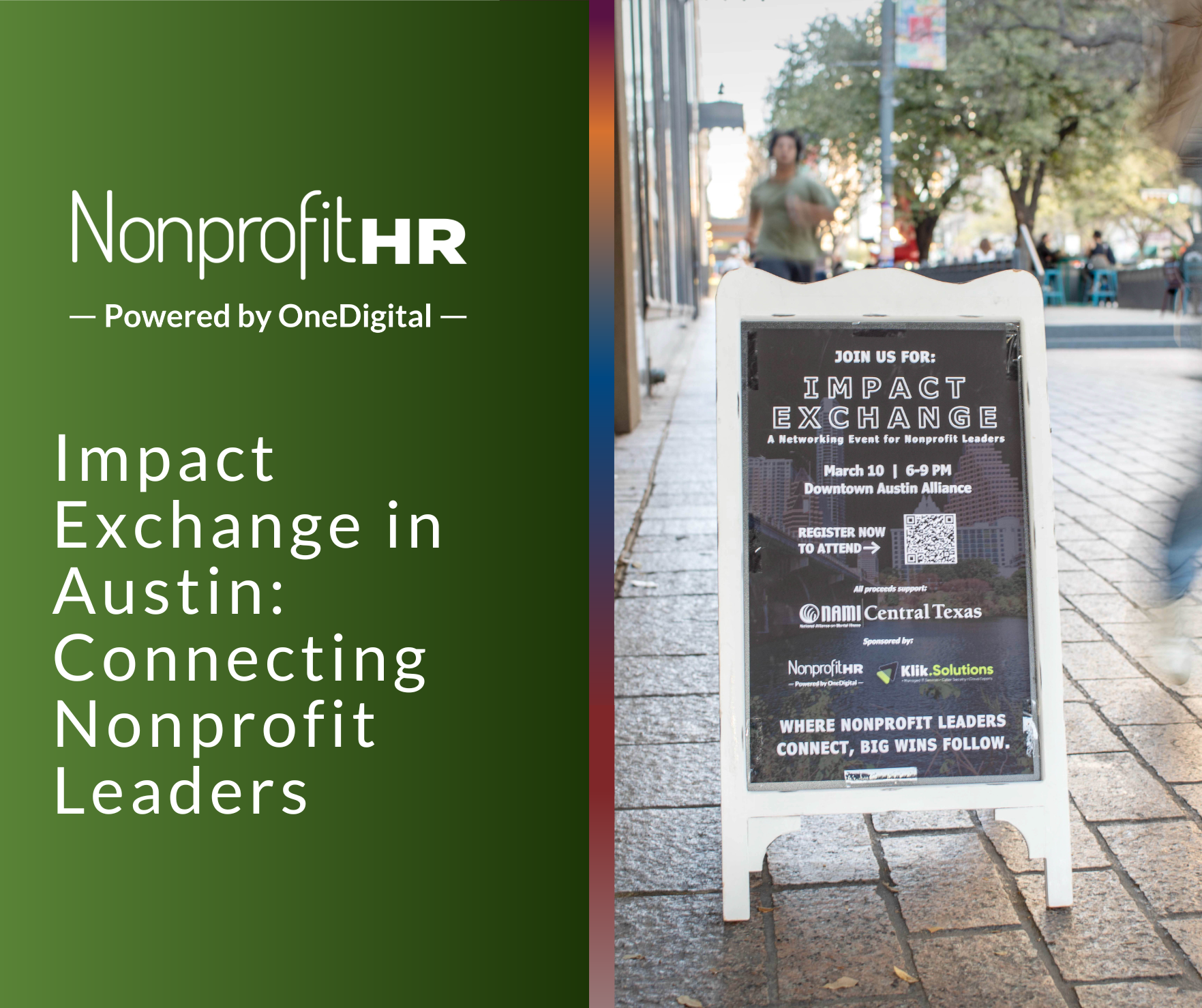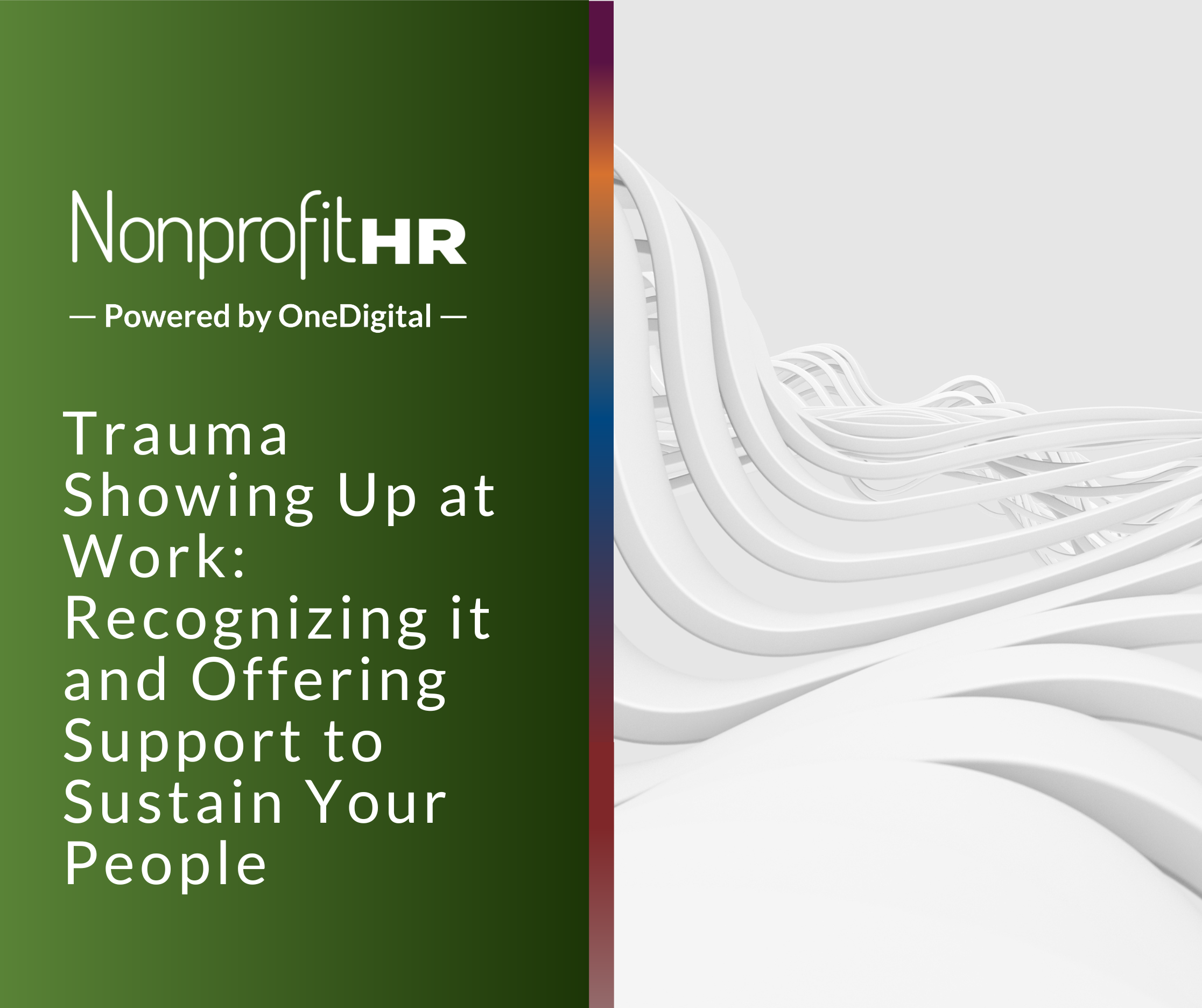WTOP: 5 ways nonprofits can…
 We sat down with Arjun Durr, former Associate Director of Global Partnership Management at Ashoka, to discuss how the social enterprise’s spirit of entrepreneurship, emphasis on lived experiences and clarity of values impacts its unique approach to people management.Creating a space for social entrepreneurs to meet, surface insights and crowdsource solutions since 1981, Ashoka is a dynamic social enterprise whose work is guided by the vision, “Everyone a Changemaker.” Ashoka has invested in over 3,800 social entrepreneurs in over 90 countries worldwide, as well as over 270 social entrepreneurs in the United States. Elected Ashoka Fellows, these changemakers embody the core of Ashoka’s mission: to identify and support the world’s leading social entrepreneurs, learn from the patterns in their innovations, and mobilize a global community that embraces these new frameworks to build an “everyone a changemaker world.”
We sat down with Arjun Durr, former Associate Director of Global Partnership Management at Ashoka, to discuss how the social enterprise’s spirit of entrepreneurship, emphasis on lived experiences and clarity of values impacts its unique approach to people management.Creating a space for social entrepreneurs to meet, surface insights and crowdsource solutions since 1981, Ashoka is a dynamic social enterprise whose work is guided by the vision, “Everyone a Changemaker.” Ashoka has invested in over 3,800 social entrepreneurs in over 90 countries worldwide, as well as over 270 social entrepreneurs in the United States. Elected Ashoka Fellows, these changemakers embody the core of Ashoka’s mission: to identify and support the world’s leading social entrepreneurs, learn from the patterns in their innovations, and mobilize a global community that embraces these new frameworks to build an “everyone a changemaker world.”
Creating a safe space for communication and collaboration
There are a great number of challenges that face social entrepreneurs today in creating ideas that will reverberate across the world; challenges that can directly impact the cultivation of a truly innovative work environment. Durr explains the ideation process within and across Ashoka, and specifically how creating a safe space that allows for constructive feedback is key in allowing more voices to be heard. Creating this environment for social entrepreneurs, who may have been previously siloed, allows ideas from many different international perspectives to be not only shared, but discussed and built on in a safe way.
“How do you bring the layers of feedback into something like collaboration?” Durr notes, “If an entrepreneur is in a collaborative environment, that gets them out of their shell, and that’s what I see in the Ashoka Fellow network.” He goes on to describe that a large part of this work revolves around a focus on intention. “Is the intention to bring change? Is the intention to be recognized and get influencers? In a nutshell, the most important thing is getting a sense of the intention, the idea, and then creating a space and inviting people into the room at the right times.”
Building a structure around the creative process
While constructing a system around the creative process has come with challenges, it has ultimately allowed Ashoka to avoid duplication by bringing people and ideas together as well as to give more effective feedback and solutions.
“Our performance cycle is built around being around being an entrepreneur and being able to say, ‘I did that; it was my idea. I brought in the momentum and I accomplished it,'” Durr says. He points out that this is the reason that building communication into this structure is important. “We have different layers of feedback on a strict timeline where we are actually able to see the different talents of our colleagues that we didn’t even know we had because now we are all in this space.” In building this structure, it comes down to focusing on where the values are, how those values are being interpreted, what will benefit those values and ensuring there is a consistent awareness of that within the organization.
Understanding each employees’ unique background
Lived experiences are increasingly showing up in the workplace today, and it benefits us all to understand each other as humans in order to understand how that translates to our work. An awareness of an employees’ unique lived experiences, in addition to their motivations, enable an organization to customize a role that capitalizes on their talents and strengths.
When candidates are going through the interview process at Ashoka, Durr expresses how he likes to understand how the candidate perceives the concept of service. What motivates them to provide that service? What does that entail? Who benefits from it? What are the learnings from it? These are a few questions he likes to explore. “Based on that answer,” Durr says, “I’m able to tell how creative they are, what type of entrepreneur they are and could be with Ashoka, and some insight into their ethical fiber, or what motivates them to do good. What does success look like to them after this service?”
Ashoka’s belief, modeled off of their search and selection process for Ashoka Fellows, is to connect the dots from the teenage years to today and utilize this to better understand this person that they want to bring into their network. “A big part of that is understanding how the candidate has evolved in terms of reacting under pressure. Which direction did they go in? Did they get more insulated? Have they become more spontaneous and work outside the lines? There are places for both people. Are they very calculated in their approach? Or, did they improvise and go off the cuff?” He emphasizes the importance of a balance between the two when staffing their partnership teams, for example, and this is where lived experiences come in. “There are some really unpredictable chapters that have happened in people’s lives that give us a glimpse into who they are and how their community has formed them to be, which helps us make really accurate staffing, hiring and management decisions. Sometimes we realize we need to take off an extra layer of management because we know that person needs that spontaneity, so we stand behind and trust their ability.”
Listen to the whole interview with Arjun Durr on The Switch!
Interviewers: |
 |
Guest: |
| Patty Hampton, CSP Chief Social Impact Officer & Managing Partner Nonprofit HR Read full bio |
Lisa Wright Ponce, MSHR, SHRM-SCP, SPHR, sHRBP Senior Consultant, Strategy & Advisory Nonprofit HR Read full bio |
Arjun Durr Former Associate Director of Global Partnership Management Ashoka Read full bio |
About The Switch
The Switch offers access to Nonprofit HR’s talent management knowledge presented by our expert consultants, media partners, and guests from across the social impact sector. For over 20 years, Nonprofit HR has produced content that illuminates critical, timely and insightful knowledge for leaders of social impact organizations. Insights from this podcast shine light on the full talent management lifecycle, from employee attraction to organizational culture, engagement, performance management and retention.





























